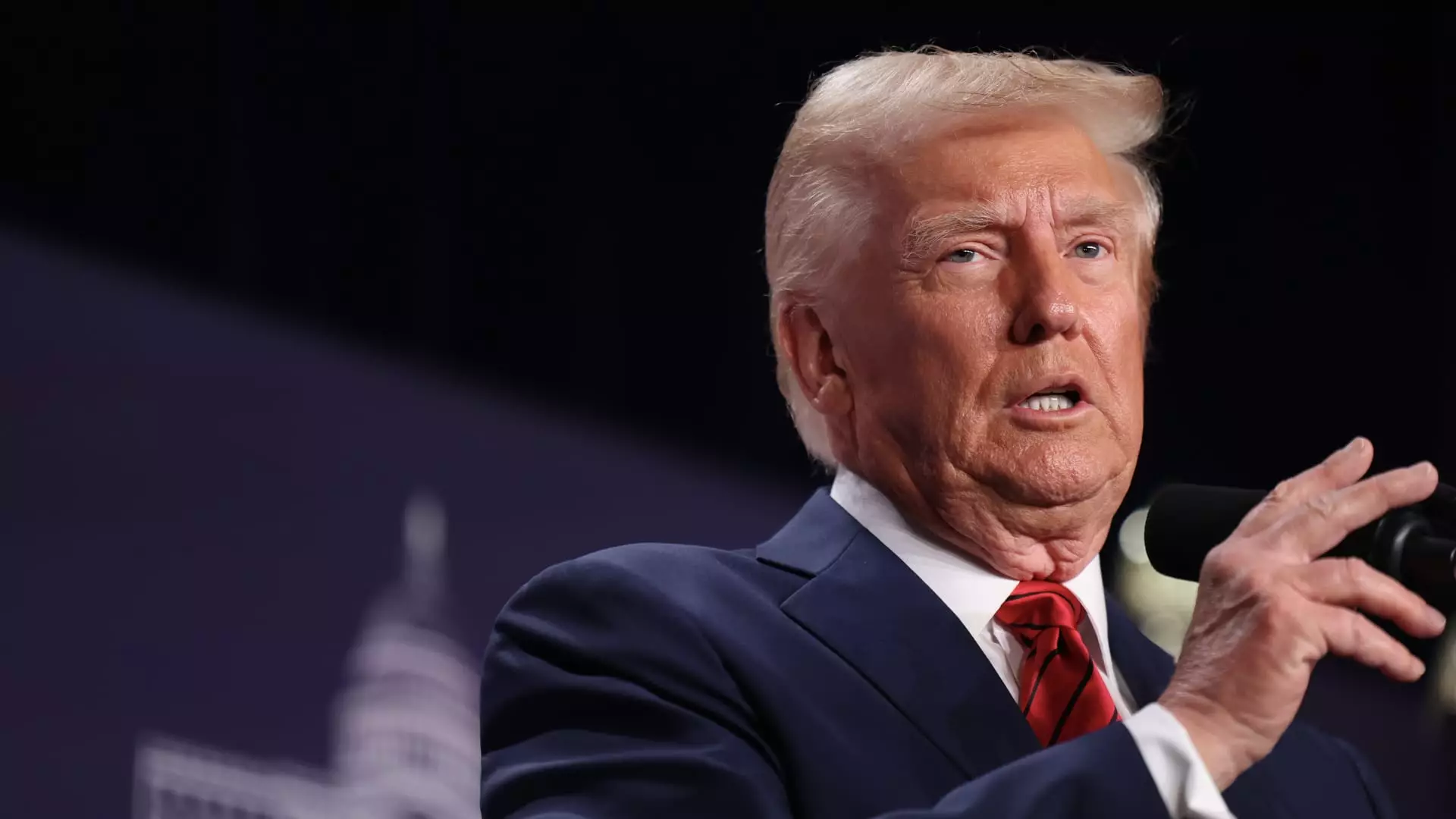The discourse around tariffs in the United States has gained momentum, primarily under the Trump administration, which has proposed considerable tariffs targeting major trading partners, including Canada, Mexico, and China. Although these measures have been touted as beneficial to U.S. industries and the economy, experts assert that they may have deleterious consequences for American consumers and the overall economy. As such, it is crucial to delve into the potential ramifications of these tariffs and analyze their broader economic implications.
The U.S. administration plans to impose a formidable 25% tariff on imports from Mexico and Canada, alongside an ambitious 10% tariff on goods from China, set to take effect in early February. These nations represent the U.S.’s top trading partners, supplying hundreds of billions of dollars’ worth of goods annually. As economists warn, the financial strain from these tariffs is likely to trickle down to consumers, marking a shift in the landscape of domestic prices.
The fundamental mechanism of tariffs is straightforward: they act as a tax on imported goods. When U.S. businesses import products from abroad, they become liable for these tariffs, which are subsequently passed on to consumers through higher prices. Mary Lovely, a senior fellow at the Peterson Institute, suggests that the repercussions of such tariffs are overwhelmingly negative, particularly for the average American household.
The immediate effect of tariffs is often observed in rising consumer prices across various sectors. With the imposition of tariffs on imports from key partners, Americans can expect an average increase in the cost of everyday items. Economists predict that the expected hikes in prices are not limited to direct tariff costs but also extend to indirect impacts on domestic products. As U.S. manufacturers grapple with higher input prices, they may feel compelled to raise their prices, which could inadvertently inflate costs across the board for consumers.
Moreover, the tariffs could lead to a reduction in the variety of goods available on store shelves. With some products being subjected to trade barriers, businesses may opt to stock fewer foreign brands, narrowing consumer choice. This limitation could disproportionately affect low- and middle-income households that rely on a diverse array of affordable options, further exacerbating economic inequalities.
Within the context of these looming tariffs, several uncertainties remain. For instance, the White House has hinted at the possibility of exemptions for certain goods, such as Canadian oil or specific agricultural products. These discussions reflect ongoing negotiations that have yet to yield definitive outcomes. Economists like Mark Zandi highlight the importance of identifying exemptions that could mitigate some of the anticipated financial burdens on U.S. consumers.
However, relying on exemptions could introduce further complications, as they may create an unpredictable trade environment where businesses must navigate fluctuating costs and regulatory frameworks. The inconsistency could yield disruptions within supply chains, potentially creating more instability in prices and availability of certain goods.
Beyond the immediate financial impacts on consumers, tariffs may have profound long-term economic implications. A recent analysis postulates that an array of tariffs could collectively shrink the U.S. economy significantly, with potential GDP losses amounting to billions during the Trump administration’s second term. The modeling indicates that retaliatory actions from China and other trade partners could lead to a broader trade war, further exacerbating the negative impacts on U.S. exports and overall economic stability.
Additionally, the notion that tariffs will create jobs within the U.S. manufacturing sector is subject to scrutiny. Economists emphasize that for every job created in tariffs-protected sectors, there are multiple jobs at stake in industries that depend on imported materials or compete with the goods facing tariffs. For instance, statistics reveal that steel tariffs could lead to job losses, particularly in industries reliant on steel, such as automotive manufacturing, where a multitude of jobs exists that could be jeopardized.
Ultimately, the implementation of broad-based tariffs has drawn criticism from various economic experts who argue that the negative consequences often outweigh any purported benefits. While the administration might strive to bolster domestic industries, the collateral damage could manifest in higher consumer prices, reduced choices, and a potentially harmful trade war. As the U.S. navigates through this uncertain landscape, it becomes vital for policymakers to consider the multifaceted impacts of tariffs—ensuring that the goal of strengthening the domestic economy does not come at the cost of economic well-being for American consumers.

